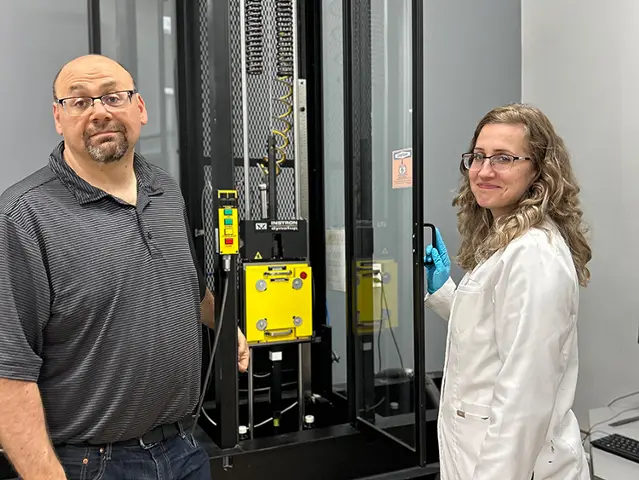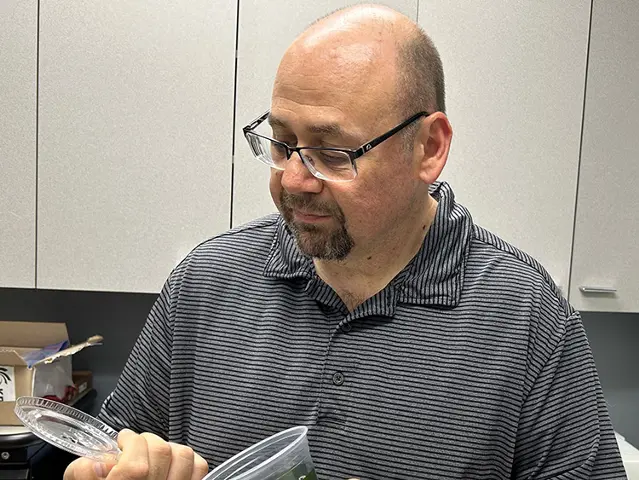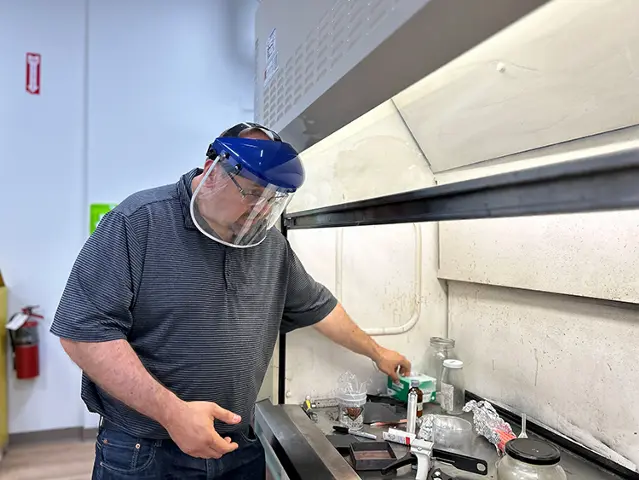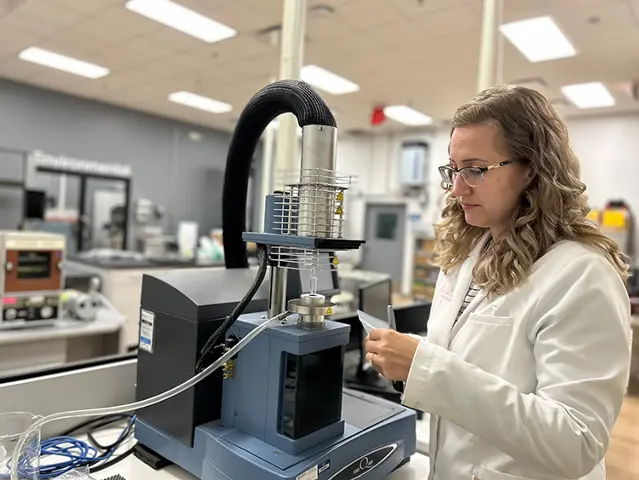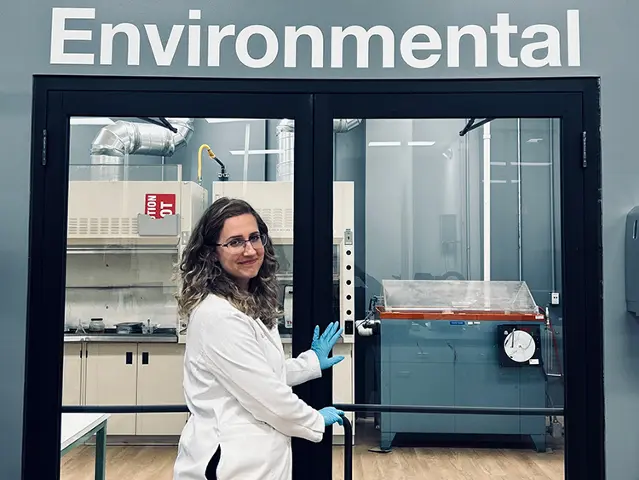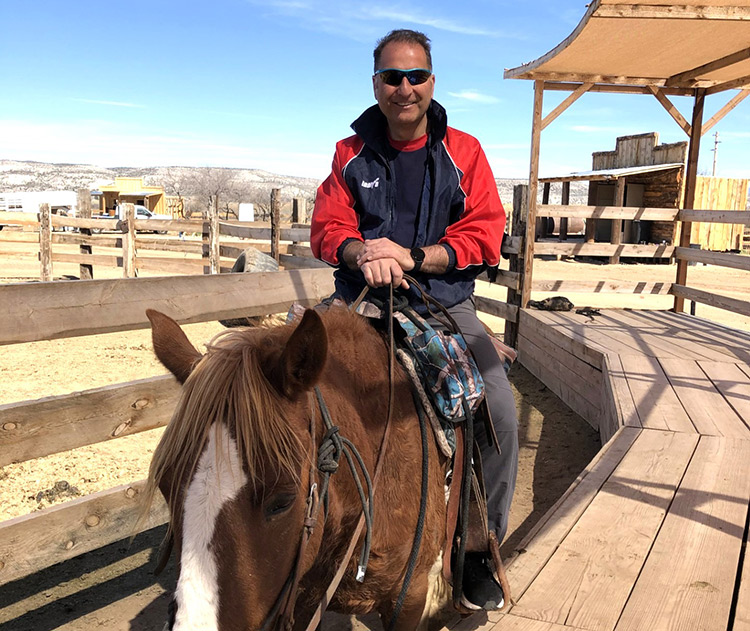While earning a combined degree in forensic science and anthropology from the University of Windsor, Šušnjar completed a mandatory 2-week intensive training course in forensic science from the Ontario Police College (Aylmer, Ontario). The training included blood spatter pattern analysis, forensic photography, expert witness on trial, lifting fingerprints, tread marks, and footprints. Her credentials also include an internship in Detroit with the Bureau of Alcohol, Tobacco, Firearms and Explosives Bureau, a U.S. law enforcement agency.
“Forensics, by definition, is law and advocacy for people,” she said. “It’s about asking the right questions and presenting the evidence – the truth. At Magna, I am one of the contributors in advocating for Magna’s products and upholding its integrity so that the customer will be safe and satisfied with our product.”

